- ~ Home
- ~ Camino Sanabrés (The Sanabrés Way)
- Ourense, Spain
Jump to Camino Sanabrés Stages
Ourense, Spain ~
A Historic, Thermal Crossroads along the Camino Sanabrés
Disclosure: the PilgrimageTraveler.com is an associate of Booking.com, Roamless, and Amazon. As associates of these merchants, we earn from qualifying purchases from our links.
Ourense, Spain, is a delightful place to spend a day, touring the historic town, and/or soaking away all your Camino aches and pains. There are several options for soaking: free in the old town next to the fountains of As Burgas, a traditional pilgrimage stop, or free in the rustic pools on the banks of the River Minho, outdoors and surrounded by nature, or finally, a Japanese-style fully developed spa, also on the Minho River banks.
🙋♀️ Why Trust Us at the Pilgrimage Traveler?

We’re not a travel agency ~ we’re fellow pilgrims! (See About Us)
We've trekked Pilgrimage Routes Across Europe since 2014!
💬 We’ve:
- Gotten lost so you don’t have to. 😉
- Followed waymarks in the glowing sunlight, the pouring rain and by moonlight. ☀️🌧️🌙
- Slept in albergues, hostels & casa rurals. Ate and drank in cafés along the way. 🛌 😴
- Created comprehensive and downloadable GPS maps and eBook Guides, full of must-have information based on real pilgrimage travels. 🧭 🗺️
- Shared our complete journeys, step by step to help YOU plan your ultimate pilgrimage and walk with your own Heart and Soul. 💙✨
Every detail is from our own experiences. Just fellow pilgrims sharing the Way. We have added a touch of spirituality, heartfelt insights and practical guidance from the road ~ offering a genuine connection to the spirit of pilgrimage. Tap into the wisdom of seasoned pilgrims!
Ultreia and Safe Pilgrimage Travels, Caminante! 💫 💚 🤍
"Being able to walk out of the studio after a week of intense recording and jump into a cold sea and sit in a hot spring and soak for a few hours completely resets the whole system. Really refreshing. For me, it's all about stepping out of the ordinary. Even psychically." ~ Damien Rice, Irish Singer/Songwriter
I love this quote by the Irishman, because I agree wholeheartedly with his soaking philosophy! There is nothing to better reset your body-mind-soul than a therapeutic soak in mineral hot springs.
But first, we must "see" the historic attractions in Ourense that also call for your attention while you visit here.
The center of Ourense is the main plaza, or the Plaza Maior. You walked through it on your Camino, after you passed the municipal albergue on the way to the cathedral, the destination of day twelve. We had drinks in the Bar Tamarindo, on the right in the photo below. The plaza is a wonderful place to hang out!
The Camino passes through the center of the square, and between these two buildings, shown below, on the Rúa Arcediano, as you head for the Ourense Cathedral about one block onward.
If you were instead to walk on the Rúa das Tendas, on the right side of the plaza, to the right of the Bar Tamarindo, you would also arrive at the cathedral square, called the Praza Martiño. You will encounter this lovely little bridge overhead, below left, that connects the plaza with the west entrance to the cathedral. To get to the plaza, turn left on either side of the bridge to encounter the stairs to the entrance.
In the photo, below right, you can see the stairway that the Rúa das Tendas passes under. You can see the bell tower, on the left side of the photo, which you can access as part of the cathedral tour.
It goes without saying that the number of places for fabulous food and drinks in Ourense are numerous and mostly clustered in the plazas around the cathedral and in the Praza Maior. The tapas we had in this town were fantastic, at several different places.
👣 Camino Sanabrés EBook:
Offline Guide with Bonus Route
~ Includes 4-5 additional days on the Vía de la Plata from Salamanca!
Walk smarter with our ad-free, beautifully formatted Camino Sanabrés eBook Guide, perfect for offline use ~ important in the mountainous and remote areas. Includes daily stage details, stunning photos, historical background and a BONUS digital guide on the Vía de la Plata from Salamanca, called the Camino Fonseca. This allows you the opportunity to add 4-5 more days to your Camino in the beginning.
Don't carry a hard copy guide book to increase your pack weight. Use our frequently updated digital guide on your next Camino instead!
📲 Instant download. 💸 Money-back guarantee. 🔄 Free updates for 1 year.
👉 Click here for more info or BUY NOW!
Jump to Camino Sanabrés Stages
Catedral de Ourense
The centerpiece of Ourense is the Cathedral, shown here on the south side, from the Plaza do Trigo. To find this entrance, from the bridge shown above, walk around to the south. This is the main entrance to the museum.
The cathedral was built in the second half of the 12th and 13th centuries, in a transitional Romanesque to Gothic style. It has always been dedicated to the patron saint, San Martín de Tours. (Look for him in the central panel on the main altarpiece, the north door and on the Pórtico del Paraíso, tearing his cloak in two for a beggar. Click on the link if you are unfamiliar with the miracle of the cloak.)
The cathedral follows the traditional Latin cross plan, with three naves separated by pillars. It now serves less as a place of worship, as it commands the status of a national monument and is more of a museum.
The cathedral has fabulous art relics that reflect its 1000 year history, from medieval to 18th century. Plan on spending some time here, to take it all in!
The first thing to grab your attention as you enter from the south transept is the main altar, created in the 16th century by the master Cornelis of the Netherlands.
Its scenes depict the life of Christ, as well as other biblical scenes. In the center panel is the patron saint, San Martín. This altarpiece, known as "San Martín's Altar" is fabulous indeed.
The Gothic vaulting of the central nave is impressive, and looming above in the center of the transept is the Gothic dome, added in the 14th century. The dome was added to provide light to the dark Romanesque church and commands your eye to look upward. The eight-pointed star at the top, is surrounded by carvings of the 12 apostles.
Here is a photo of the dome, as it appears from just above the main altar's rosette window. It is a glorious addition.
Here is a view of the Gothic dome through the fancy baroque grille work on the north transept, done by Juan Bautista Celma in the 16th century.
Jump to Camino Sanabrés Stages
Pórtico del Paraíso
After strolling down the central nave westward, you must walk through the Pórtico del Paraíso, at the western door of the cathedral. When you lay eyes on it for the first time, you will immediately think of the Pórtico de la Gloria in Santiago de Compostela!
While this Pórtico is extremely similar to the one in Santiago, it was actually created 100 years after it, and without the genius of Mateo who did the Compostela Pórtico. However, the Santiago Pórtico influence is clear and some sources say it was done by Mateo's students. For me, it felt like a preview of what was to come!
The Pórtico del Paraíso, the Portico of Paradise, depicts the path of the pilgrim from hell to heaven, while linking the prophecies of the Old Testament and the Good News of the New, with Jesus being the central figure.
Here are the upper panels of the center of the portico.
And at the bottom of the center column, the mullion, is Santiago himself, with a sword in his hand, reminiscent of the Battle of Clavijo (see below).
Jump to Camino Sanabrés Stages
Capilla Santo Cristo
Within the cathedral of Ourense is the baroque Capilla Santo Cristo, housing a very special carving of the Holy Christ, said to be recovered from Finisterre in the 14th century, by the bishop of Ourense at the time and brought to the cathedral. It was placed in a temporary spot within the cathedral until finding its permanent home in this special chapel, in 1573.
The carving resides in the center of the altar, the figure in red, a most realistic rendering of the Christ. The hair on the carving is natural and said to actually grow, requiring a barber to cut it periodically.
This chapel contains a reverence like few others, and this figure is attributed with many miracles. The chapel to this day continues to receive offerings, and its splendor cannot be denied. Pause here for a while and soak in the Presence.
I was attracted to this rendering of Nuestra Señora de los Dolores, Our Mother of Sorrows, found in the cathedral treasury. I was unfamiliar with this saint, but eagerly left a few sorrows of my own with her.
Jump to Camino Sanabrés Stages
The Ourense Pilgrimage Heritage
The effects of the pilgrimage to Santiago are everywhere in the cathedral and Santiago is seen often.
Not only is he on the central mullion of the Pórtico del Paraíso, you can see him as you enter the north transept, above on a ledge as Santiago Matamoros or Saint James the Moor Slayer, always seen on horseback.
If you are unfamiliar with the Moorslayer, this refers to Santiago's legendary and miraculous appearance at the Battle of Clavijo, fighting the Muslim army and ensuring a Spanish victory. The "Moorslayer" is fast becoming a vision of controversy, with the black moors slain at Santiago's feet.
I failed to note where this Santiago resided, below, but it is another testament to Ourense being on the Camino de Santiago route for many, many years.
Included in the price of admission to the cathedral is a tour of the belltower. It is nice enough to see the tower, but the view is impeded by this safety grill. It is still worth it to go up, regardless.
 View from the Cathedral Belltower
View from the Cathedral BelltowerI have no other photos of other churches, except for this one, the Igrexa de Santa Eufemia, below. This saint is a Spanish saint, seen frequently throughout the region.
This church is of note, as it is a landmark for the Camino route, just a few blocks after the Ourense Cathedral, on the way out of the city. We did go inside, briefly, but I did not take any photos.
Jump to Camino Sanabrés Stages
The Thermals of Ourense, Spain
The biggest attraction, at least for me, is the mineral hot springs of Ourense. The most historic of them, is the As Burgas thermals in the old town, right in the heart of the city.
The Romans, upon discovering these hot springs, built a city around them. It is on this site that they built their Roman baths.
Many years later, during the darkest of medieval times, the Catholic church preserved the baths, as they were part of the pilgrimage to Santiago. In fact, pilgrims have been bathing here for centuries! Click on the link above for more history of this place.
Below is the As Burgos fountain, flowing with the hot mineral water. There are plaques on each side of the fountain, listing the mineral content of the water. The modern Camino de Santiago walks right by this fountain! (See our day twelve). It is a lovely and historic place, with the residual of many, many faithful pilgrims to enliven your spirits!
By the fountain, on the terrace above, is the free, municipal hot springs pool. I shot the photo below during siesta, when it was closed, but it comes alive and full of people when it is open. Go to the Ourense tourist website for current pool hours.
This pool is extremely convenient, if you are staying at the municipal Albergue de Peregrinos de Ourense, which is just up the hill from the pool.
Then, your second option for a soak are the free thermal pools, on the north side of town, and across the Minho River, several kilometers from the city center.
Fortunately, there is a tourist train that starts in the Praza Maior, and takes you to the "Termas de Outariz," the final stop, shown below. It cost us about 85 cents each. Be sure to call for the current schedule, at (+34) 988-510-672, or ask at your accommodation. They will have tourist information readily available. The line is number 19, Liña 19, and the schedule is also posted in the plaza. It runs several times in the morning and several times in the afternoon/evening.
On the route via train to the thermals, you cross the Roman bridge, shown below. It was a nice, clear day for us!
Across the river to the west, you can see the Millenium Bridge, below, an interesting modern juxtaposition with the old.
Wait until the last stop to get off at the public baths. These public thermals are in a wonderful setting, and are nicely developed to be more natural-looking. Unfortunately, they are only lukewarm and quite shallow! For us, in the chilly October air, they were not sufficiently warm to enter.
Instead, we chose the developed Termas Outariz, a full Japanese-style spa, only a few meters back along the tourist train route. You pass by them on the way to the public pools.
The spa is not expensive, at 6.65 euros each (2025 prices). We also chose to rent towels, since our Camino towels are tiny and I also needed to rent a bathing suit. There are several different pools of varying temperatures, but they are definitely sufficiently hot to suit anyone's tastes.
I took this photo, from above on the entrance deck, and I was immediately scolded. No photos allowed. To see more, click on the link above.
 Termas Outariz Pool
Termas Outariz PoolThe food we thought was marginal on the deck above the river. The view, I suppose, made up for the mediocre food. Maybe plan to only have beverages, and a snack.
 Termas Outariz Deck
Termas Outariz DeckAfter quite a few hours at this lovely spa, we grabbed the tourist train back to the city. You could really splurge here and get a massage, a manicure and other holistic treatments. Just be sure to schedule ahead for these.
We cooked dinner and had a quiet evening in our Fantastico Apartments, after a long and relaxing day. For more accommodations in Ourense, click here.
Reflections on Ourense, Spain
"If you do your research on hot springs all over the world, they're usually places of peace. People, even in warring nations and so forth, they'll go and live in peace together around the hot springs, which were always considered medicinal. I firmly believe in water therapy." ~ Larry Hagman, American Actor
Salutation
May you find healing of your body, mind and soul in Ourense, when you take a moment to soak away all your aches and pains, as many pilgrims and travelers have done over the millennia before you! Ultreia!
Camino Fonseca Stages
~ Vía de la Plata Stages from Salamanca
~ Camino Sanabrés Stages
Please Consider Showing Your Support
Many readers contact me, Elle, to thank me for all the time and care that I have spent creating this informative website. If you have been truly blessed by my efforts, have not purchased an eBook, yet wish to contribute, I am exeedingly grateful. Thank you!
Search This Website:
🙋♀️ Why Trust Us at the Pilgrimage Traveler?

We’re not a travel agency ~ we’re fellow pilgrims! (See About Us)
We've trekked Pilgrimage Routes Across Europe since 2014!
💬 We’ve:
- Gotten lost so you don’t have to. 😉
- Followed waymarks in the glowing sunlight, the pouring rain and by moonlight. ☀️🌧️🌙
- Slept in albergues, hostels & casa rurals. Ate and drank in cafés along the way. 🛌 😴
- Created comprehensive and downloadable GPS maps and eBook Guides, full of must-have information based on real pilgrimage travels. 🧭 🗺️
- Shared our complete journeys, step by step to help YOU plan your ultimate pilgrimage and walk with your own Heart and Soul. 💙✨
Every detail is from our own experiences. Just fellow pilgrims sharing the Way. We have added a touch of spirituality, heartfelt insights and practical guidance from the road ~ offering a genuine connection to the spirit of pilgrimage. Tap into the wisdom of seasoned pilgrims!
Ultreia and Safe Pilgrimage Travels, Caminante! 💫 💚 🤍
Follow Me on Pinterest:
Find the Pilgrimage Traveler on Facebook:
Like / Share this page on Facebook:
***All Banners, Amazon, Roamless and Booking.com links on this website are affiliate links. As an Amazon associate and a Booking.com associate, the Pilgrimage Traveler website will earn from qualifying purchases when you click on these links, at no cost to you. We sincerely thank you as this is a pilgrim-supported website***
PS: Our eBook Guide books are of our own creation and we appreciate your purchase of those too!!
Shroud Yourself in Mystery, along the Via de Francesco!
Walk in the Footsteps of St. Francis, and Connect Deeply with the Saint and to Nature in the Marvelous Italian Countryside!
Need suggestions on what to pack for your next pilgrimage? Click Here or on the photo below!
Find the Best Hotel Deals Using This Tool!
Carbon Trekking Poles ~ My Favorites!
Carbon fiber construction (not aluminum) in a trekking pole makes them ultra lightweight. We like the Z-Pole style from Black Diamond so we can hide our poles in our pack from potential thieves before getting to our albergue! There are many to choose from! (See more of our gear recommendations! )
Gregory BackPack ~ My Favorite Brand
Do not forget your quick-dry microfiber towel!


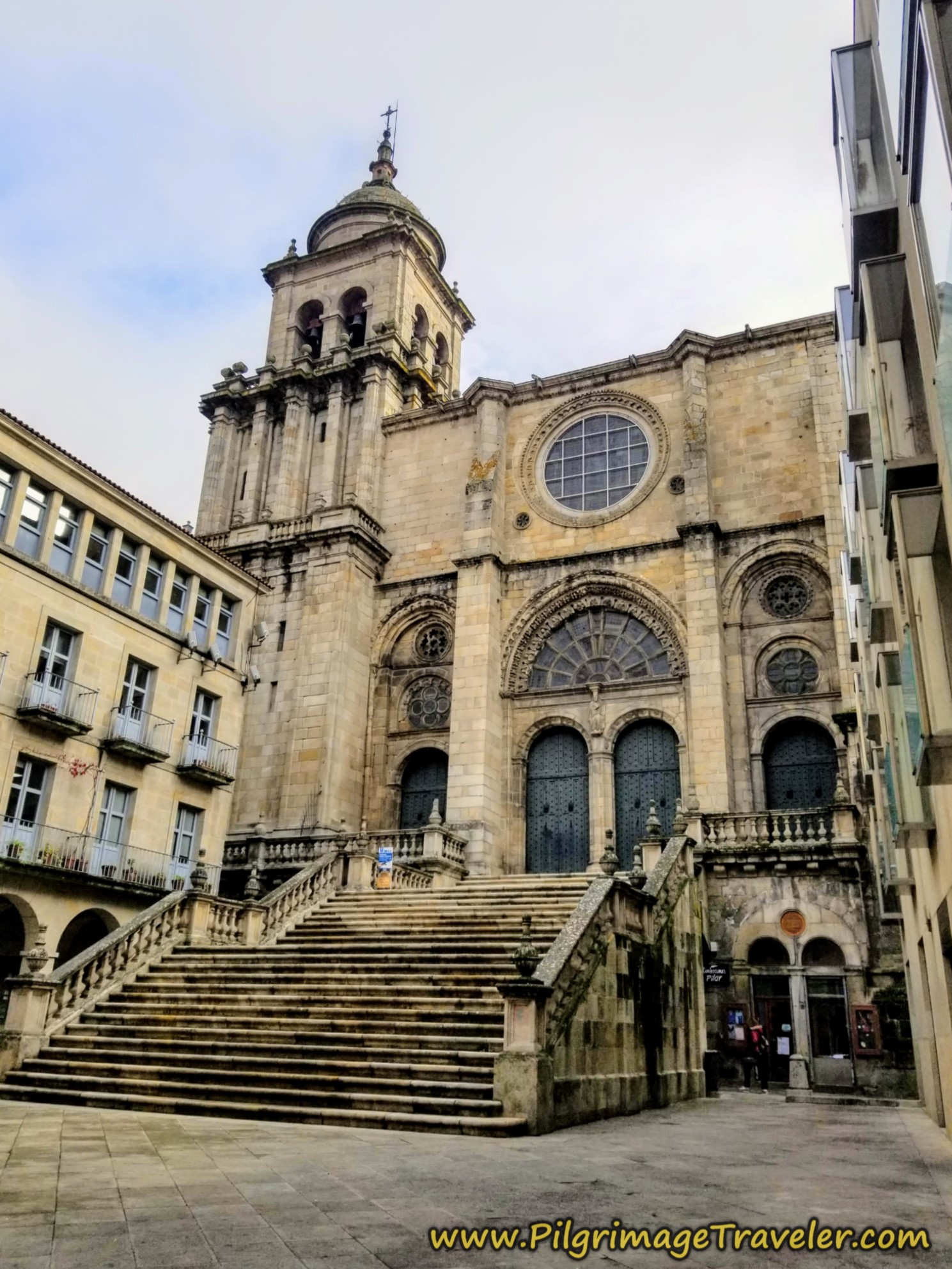





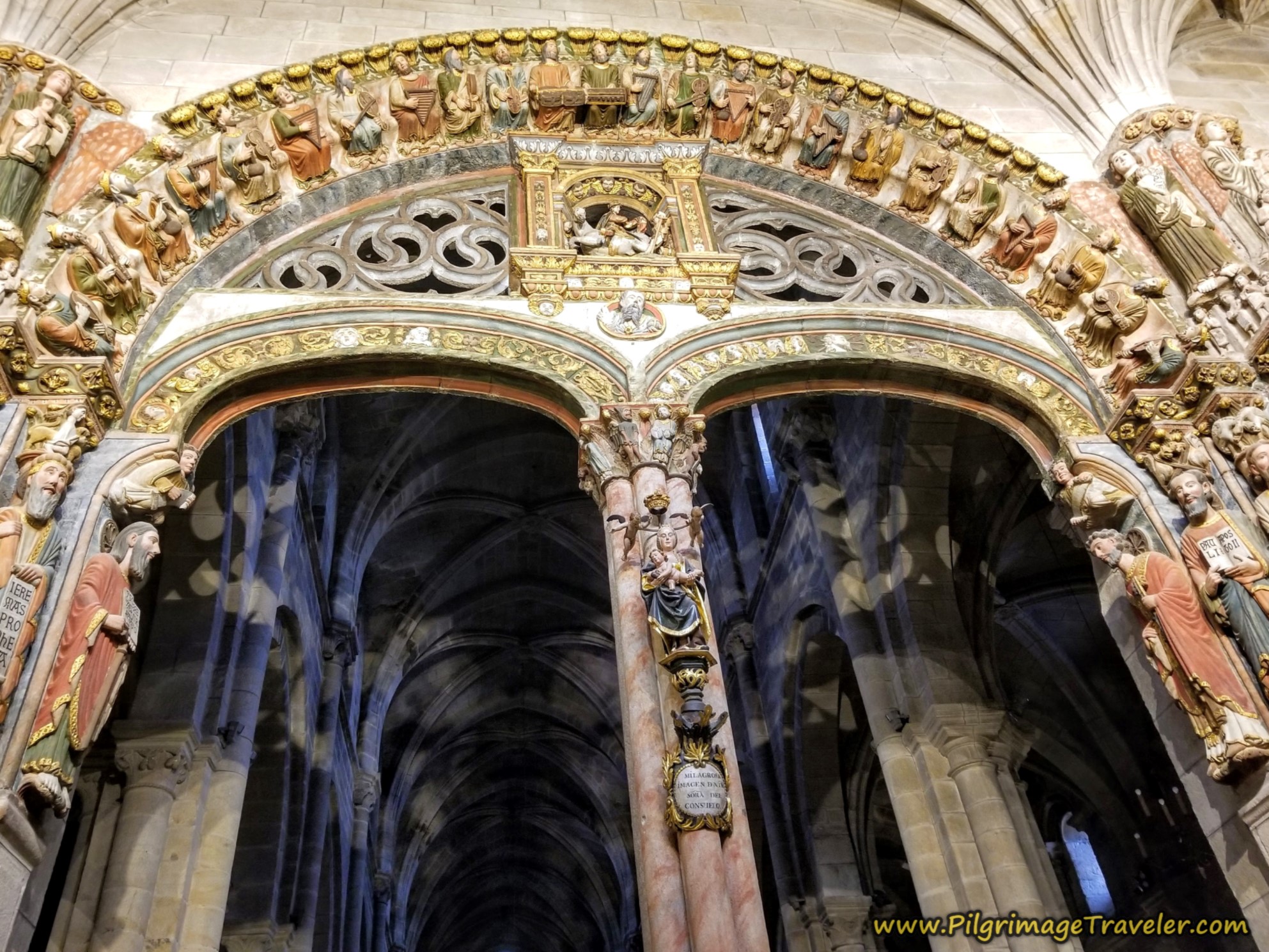



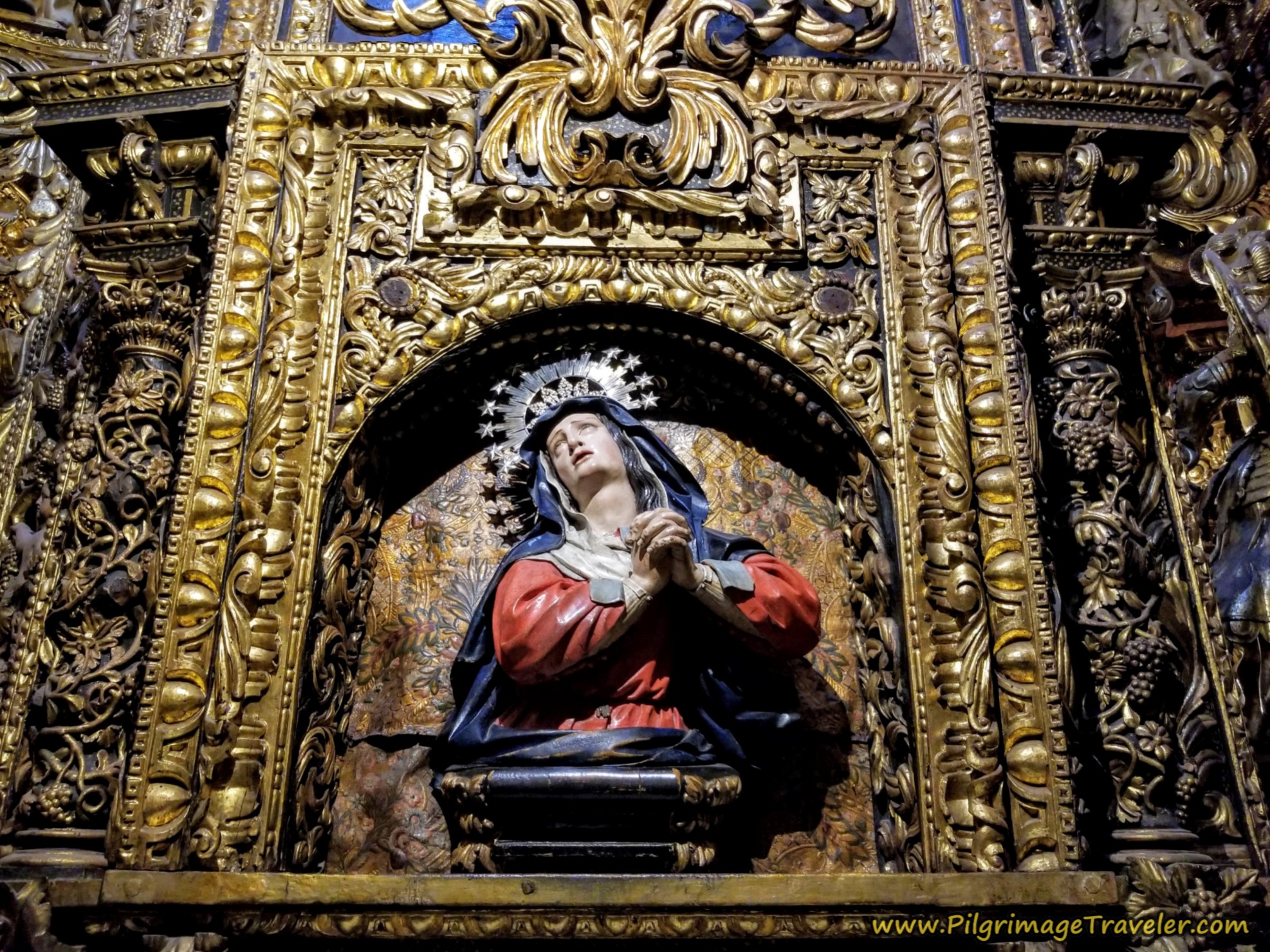
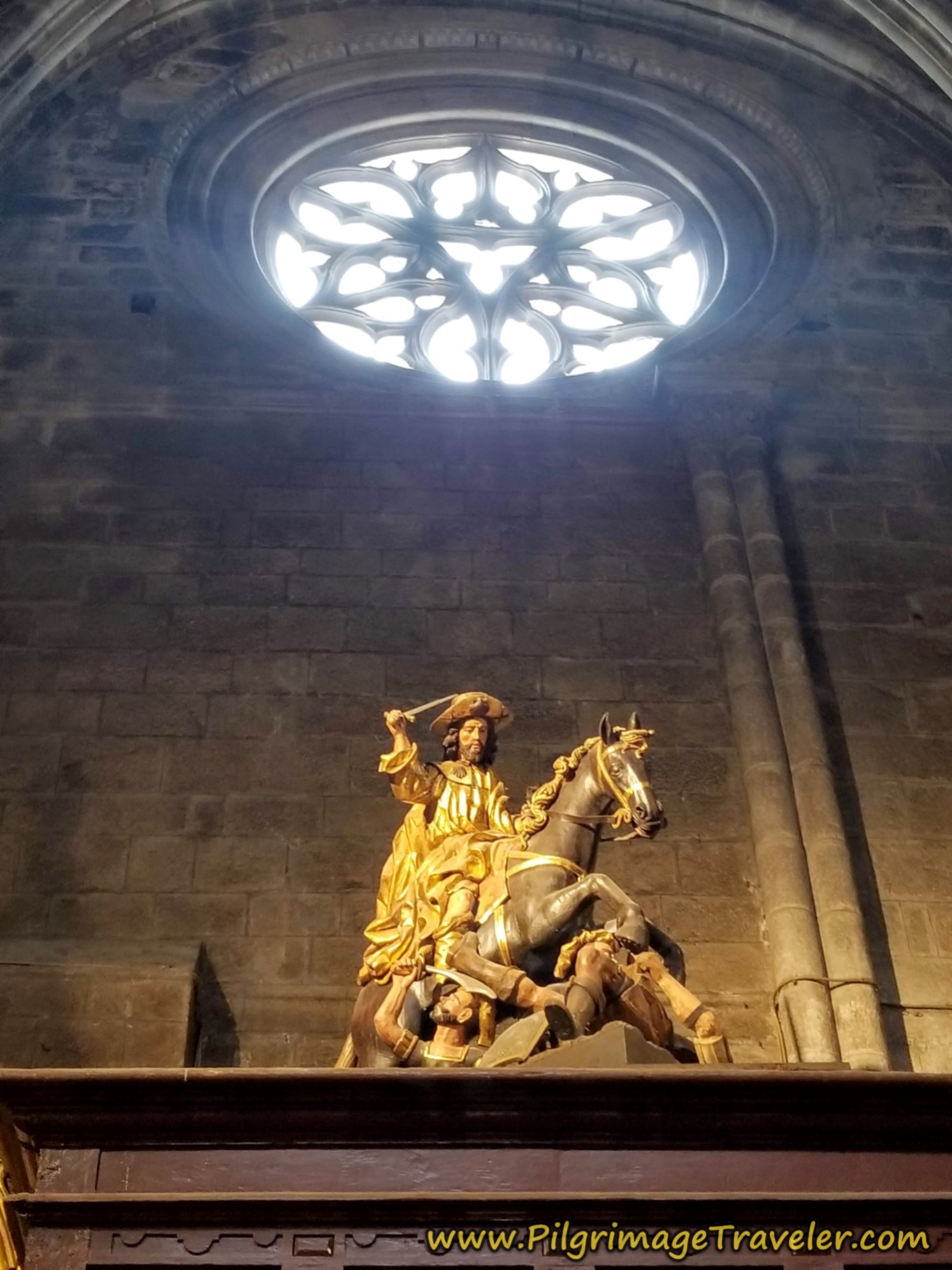









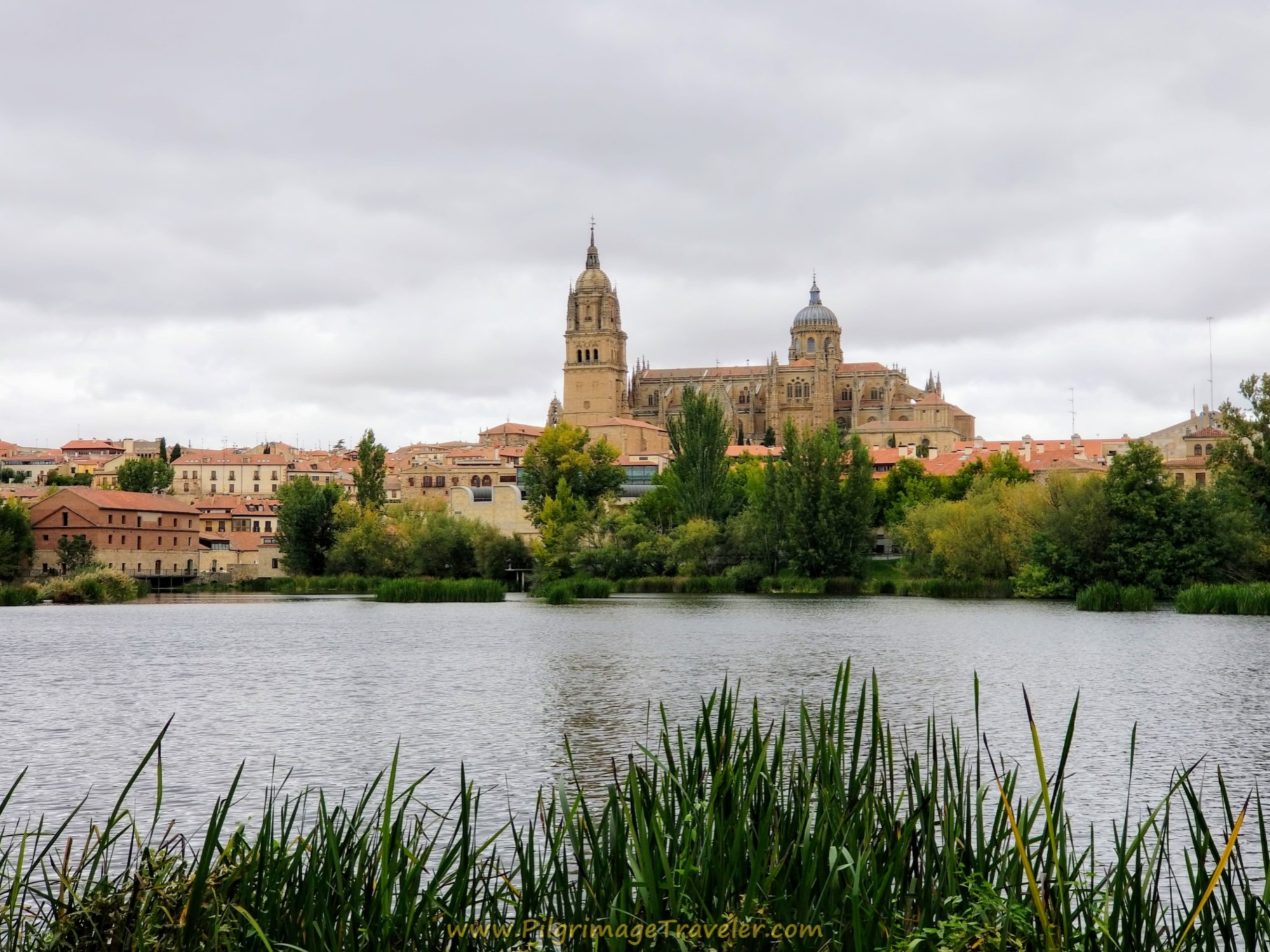
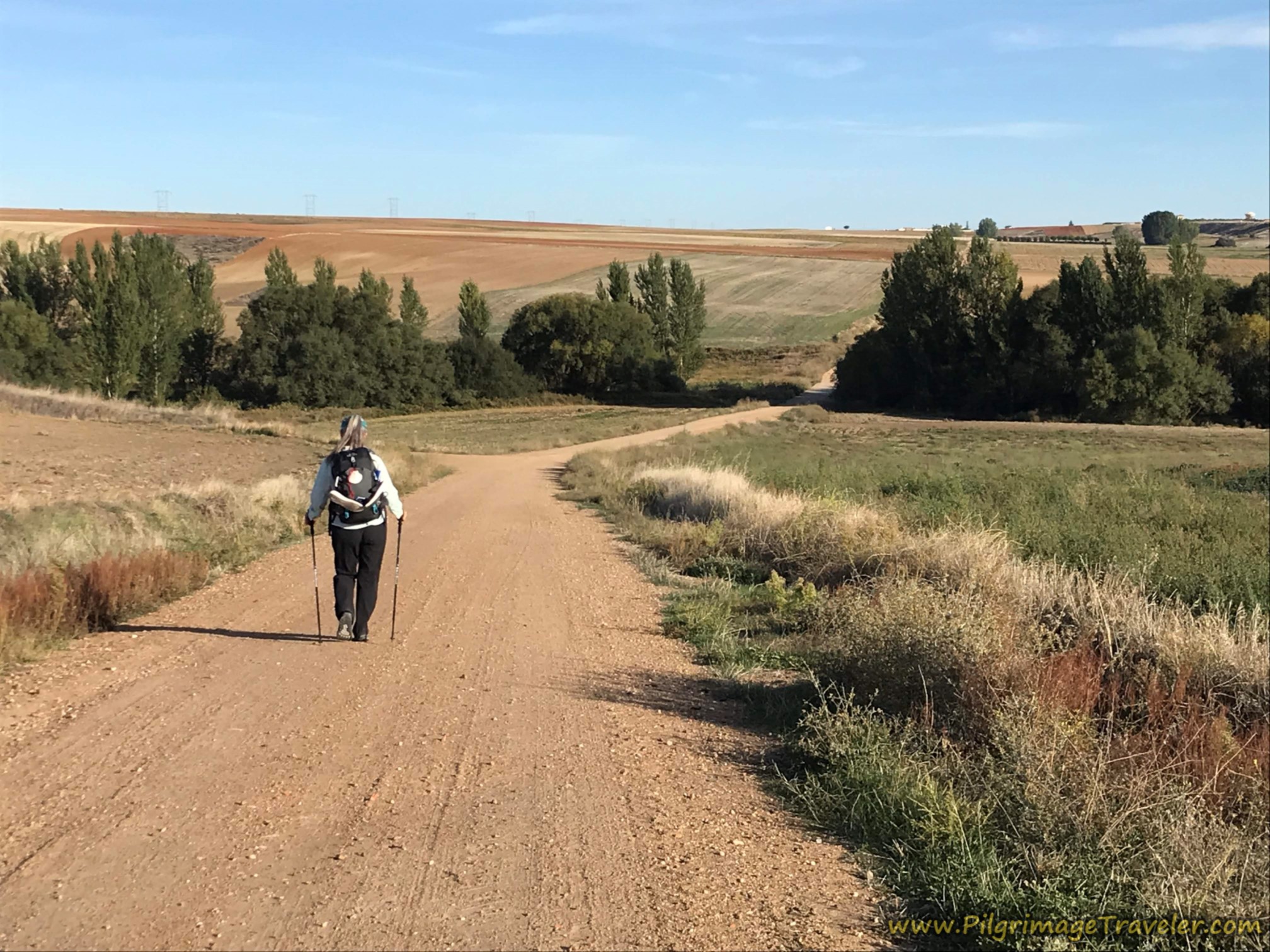





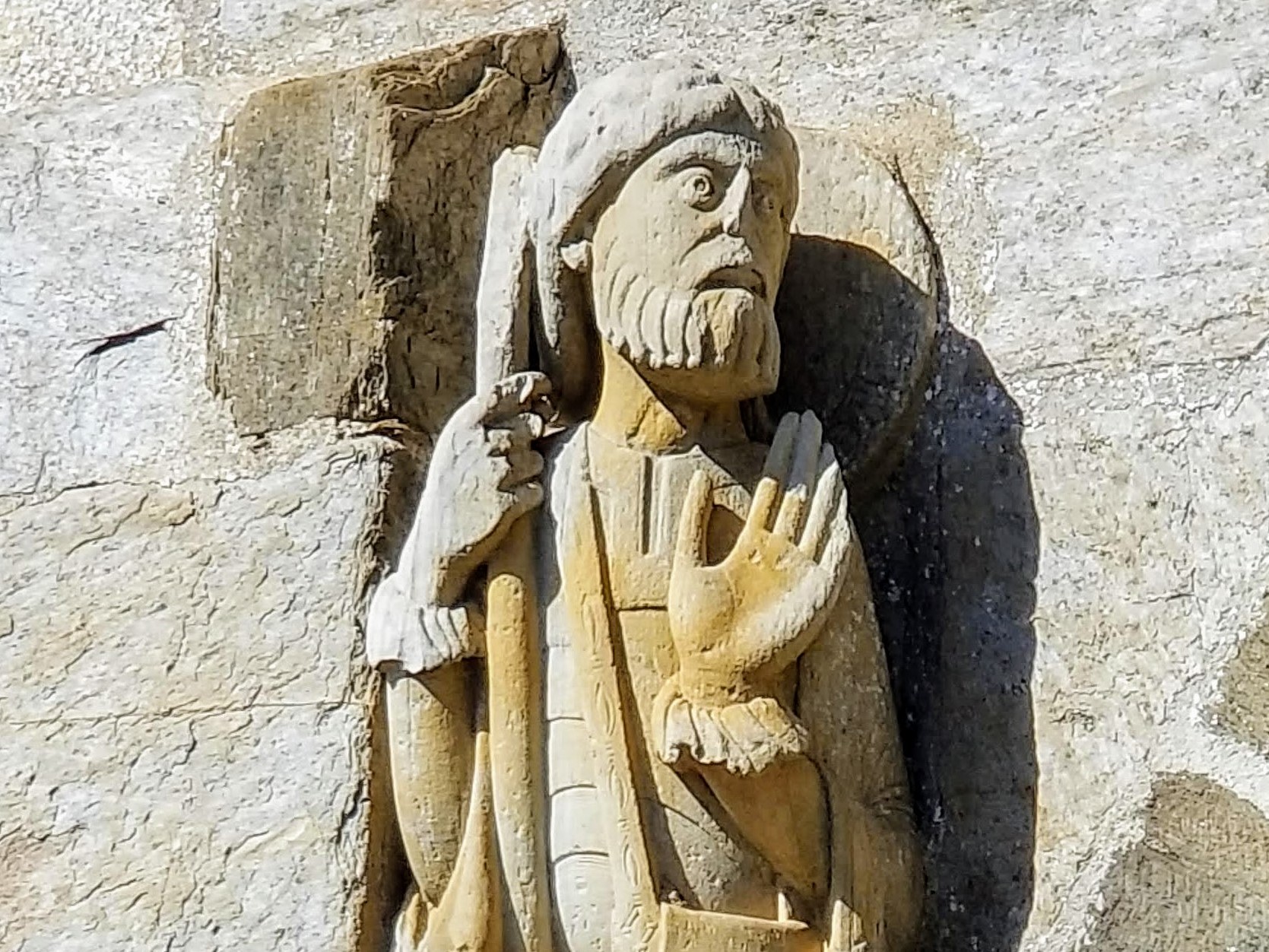



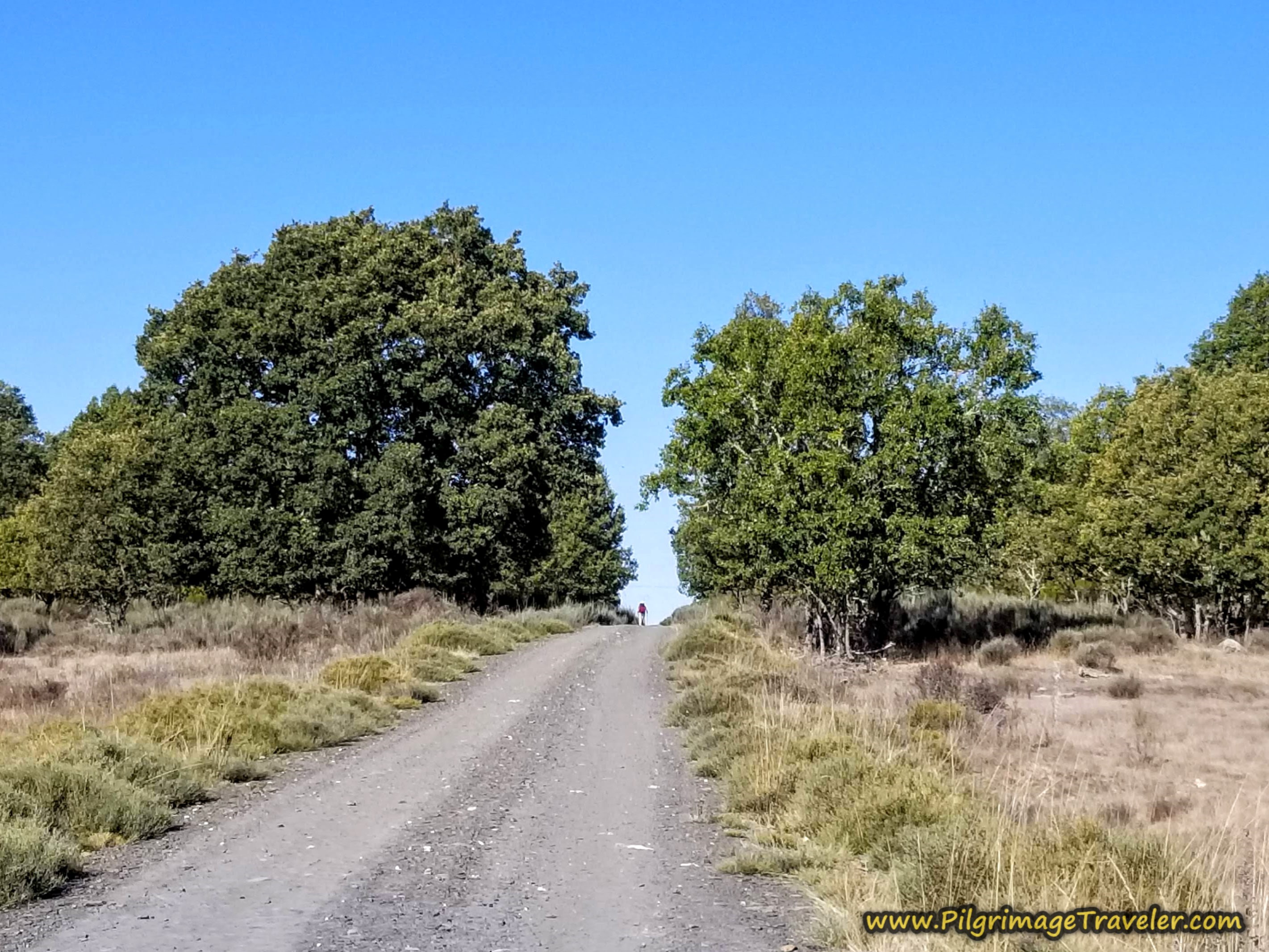
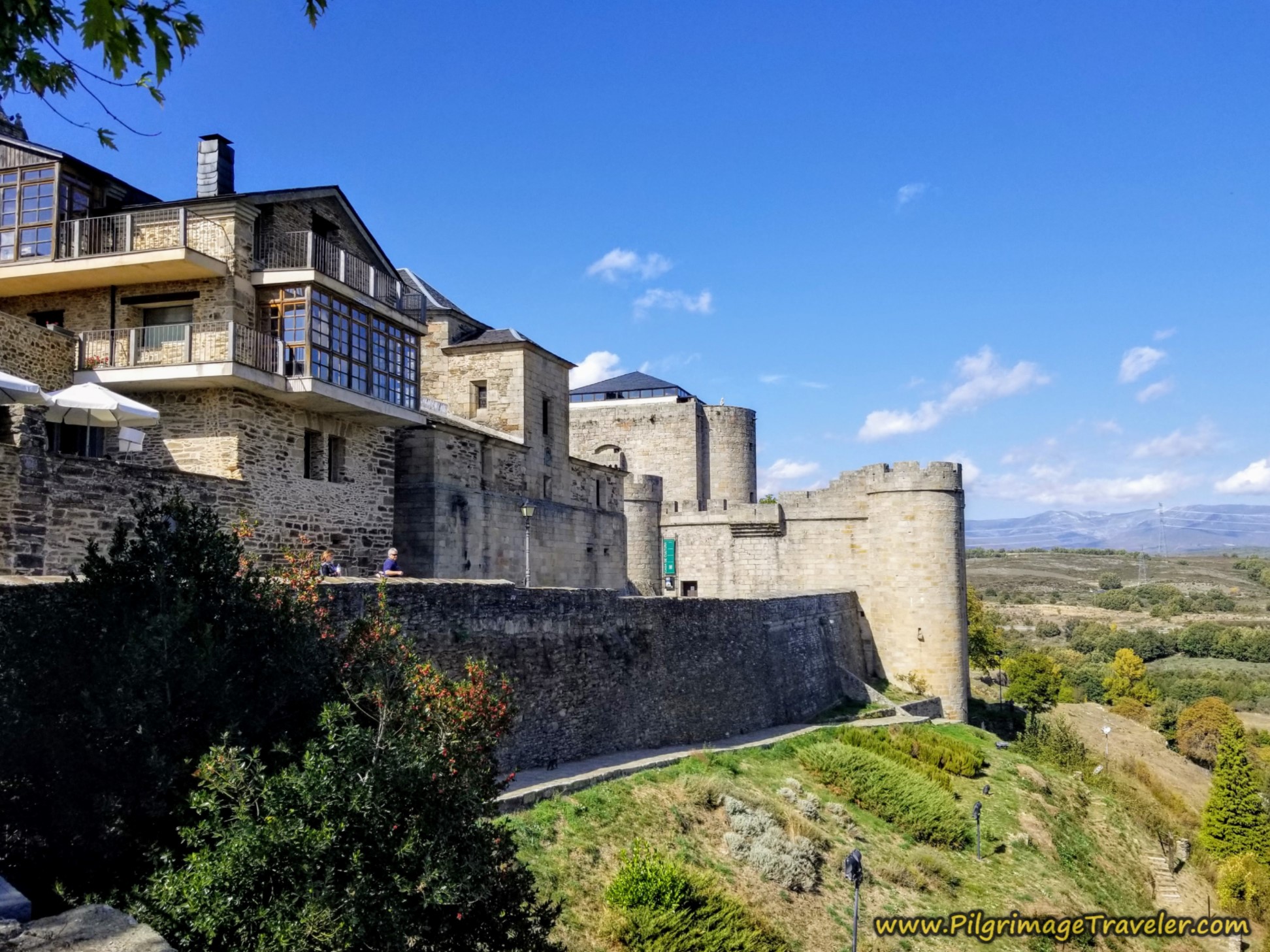












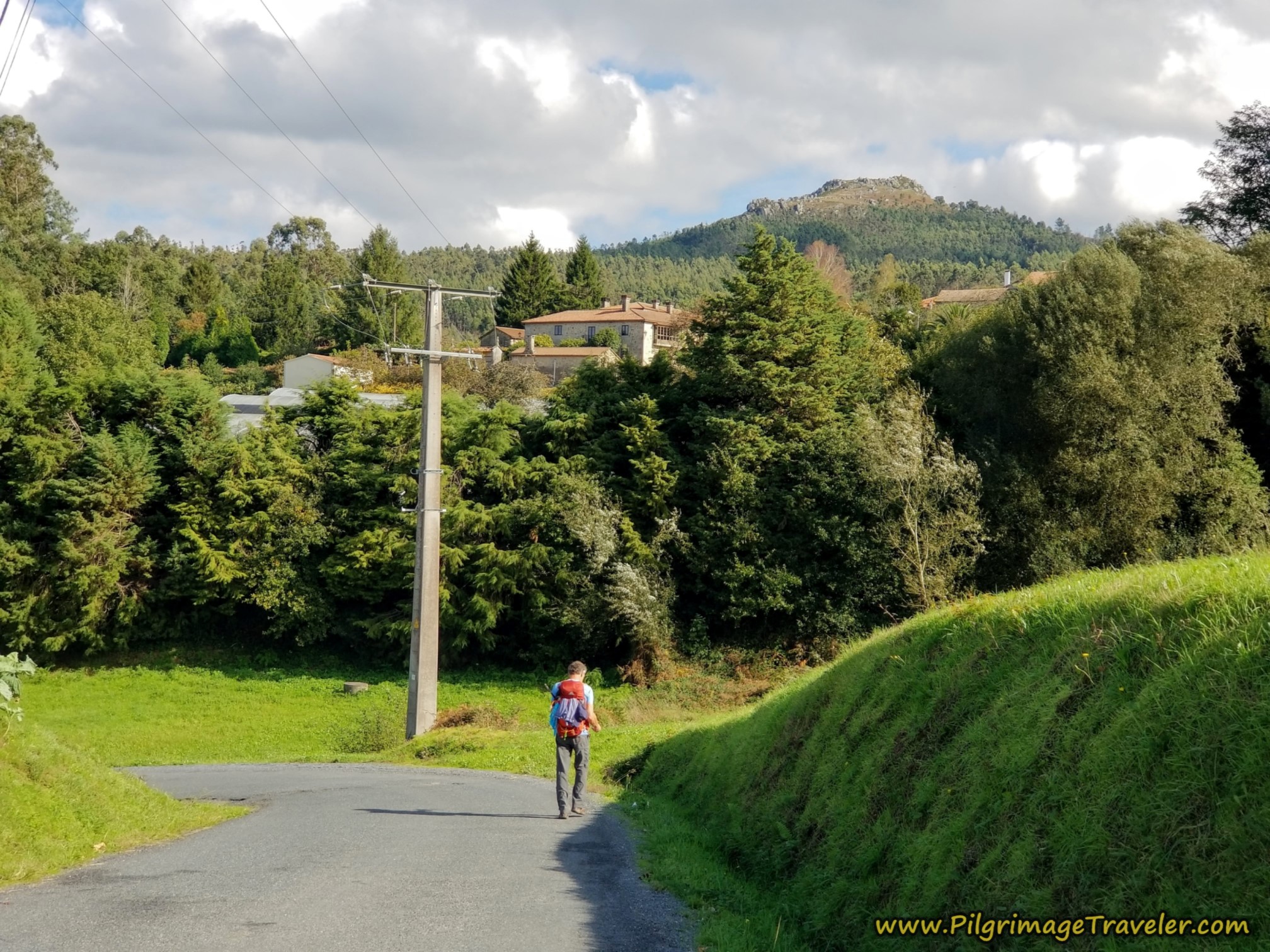


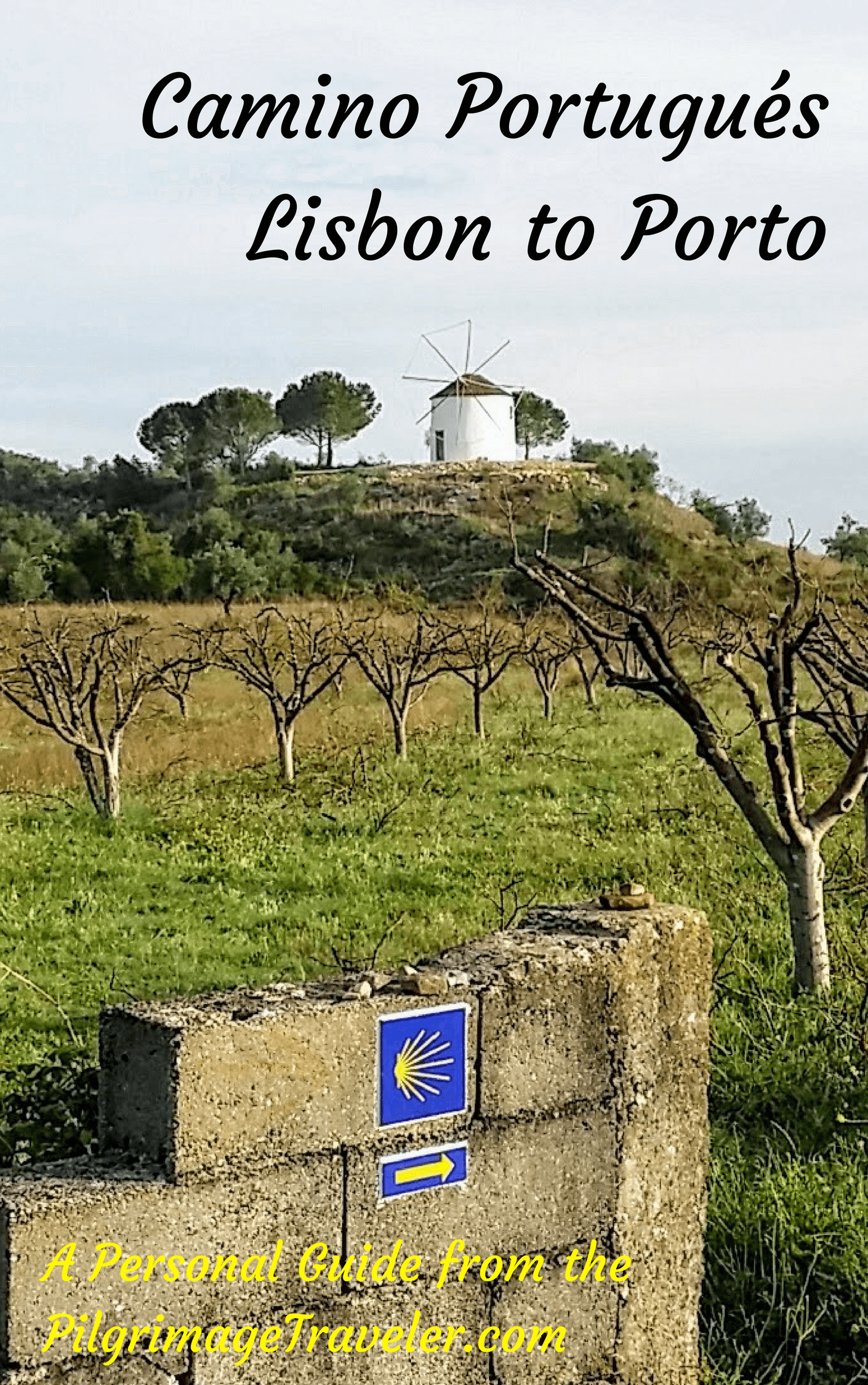




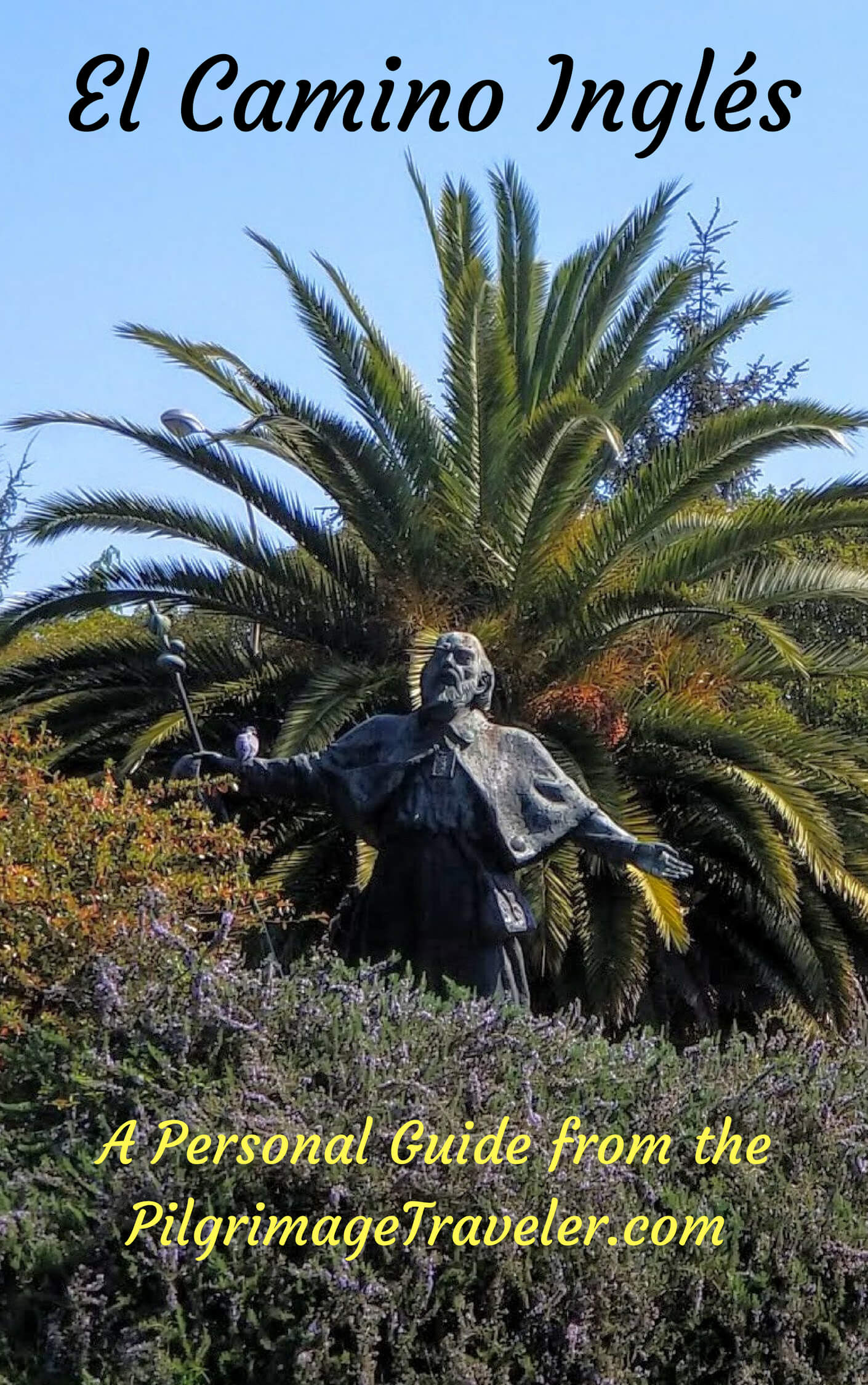







Your Opinion Matters! Comments
Have you had a similar experience, have some advice to give, or have something else you'd like to share? We would love to hear from you! Please leave us a comment in the box below.